Cabin Zoning Hacks: How to Maximize a Small Cabin Footprint Without Feeling Cramped
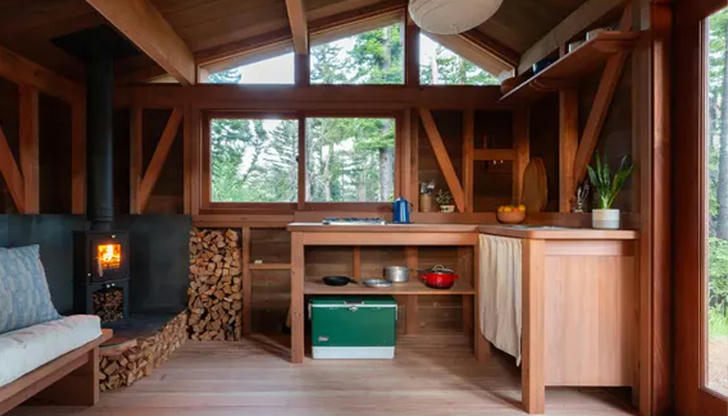
Cabins are supposed to be cozy, but there's a fine line between cozy and claustrophobic. When square footage is limited, every inch counts. Whether you're building a tiny off-grid retreat or renovating a small family cabin, smart layout planning (a.k.a. zoning) is the secret weapon that turns tight spaces into efficient, livable, and surprisingly spacious-feeling homes.
Here's how to make your cabin feel twice as big---without actually adding a single square foot.
1. Divide by Function, Not by Walls
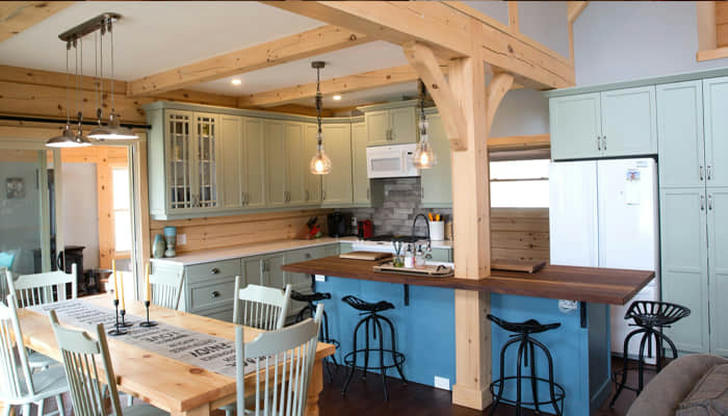
Walls are the enemy in a small cabin. Instead of chopping up your space with full partitions, think in terms of "zones." Use furniture, rugs, ceiling beams, or even lighting changes to define areas for cooking, sleeping, working, and lounging---without closing them off.
A large area rug under the seating area instantly sets a "living room" tone.
A drop pendant light over a small table separates dining from the kitchen.
A tall bookshelf can act as a visual divider between the bedroom and the rest of the cabin.
Open zones = flow = less visual clutter.
2. Lofts Aren't Just for Kids
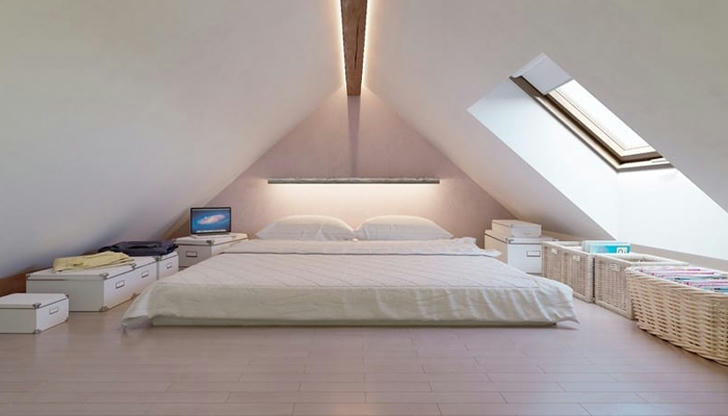
If your ceiling height allows it, build up---not out. A sleeping loft can open up your entire main floor for other uses. Bonus: it adds charm and treehouse vibes.
Use the loft for beds, reading nooks, or even a mini office
Install a steep (but space-saving) staircase or even a ship-style ladder.
Keep the railing minimal and the floor material light to avoid that "boxed-in" feeling.
You gain an extra room---without extending the footprint.
3. Built-Ins Are Your Best Friend
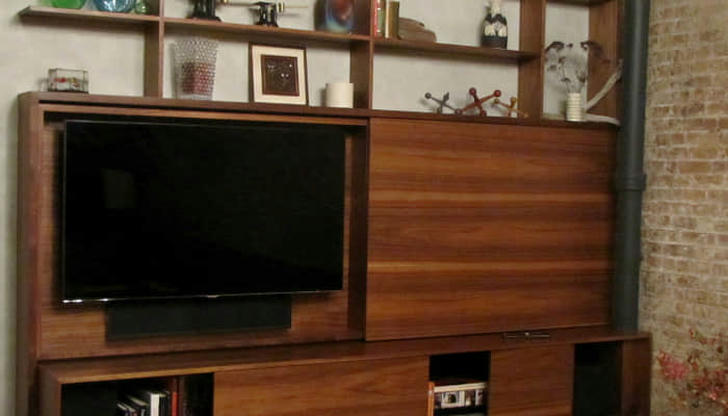
Freestanding furniture eats space. Built-ins are sleeker, more space-efficient, and can be customized to fit awkward corners or sloped ceilings.
Built-in benches with hidden storage can serve as seating, beds, or both.
Create a built-in desk that folds away when not in use.
Wall-mounted fold-down tables are perfect for tiny dining or work zones.
Think of your cabin like a boat---everything should do double duty.
4. Use the Vertical Space (All of It)
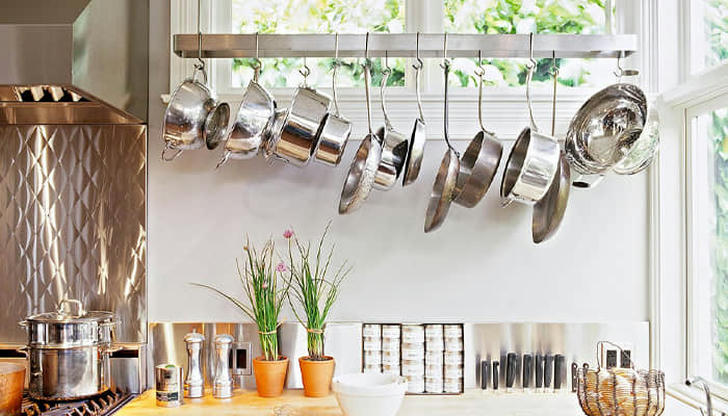
Don't just think side-to-side---think floor-to-ceiling.
Hang pots and pans from a ceiling rack above the kitchen zone.
Install shelves above doorways or windows for books or decor.
Use vertical pegboards or rail systems for organizing tools, mugs, or jackets.
If it's not being used, it's wasted potential.
5. Sliding Doors Beat Swinging Ones Every Time
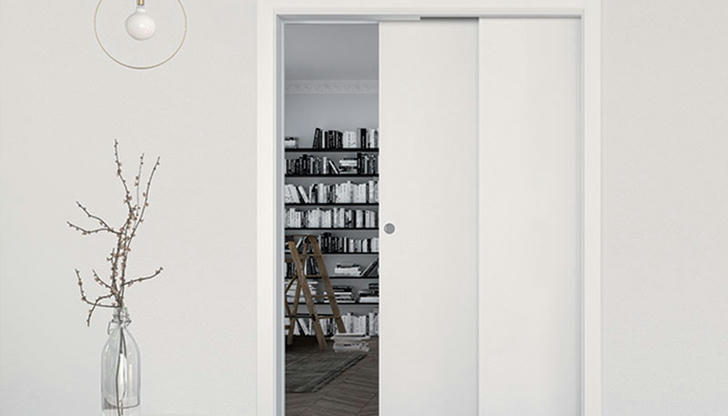
Traditional doors need swing space. Pocket doors or sliding barn doors don't. Enough said.
Sliding doors are also a great way to add texture (hello reclaimed wood!) or a modern touch without taking up precious room.
6. Let There Be Light---Lots of It
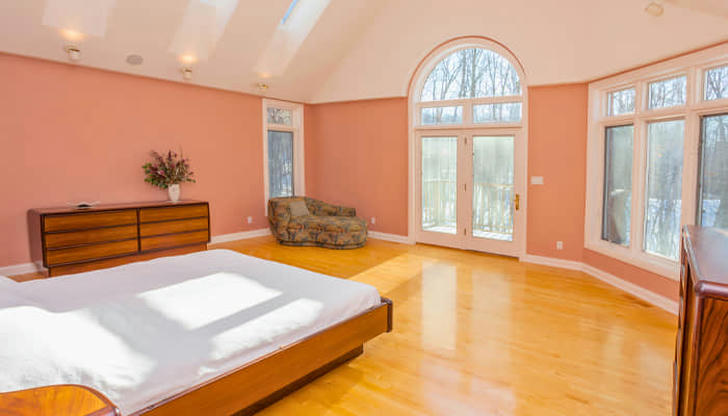
A well-lit space feels bigger. Period.
Maximize natural light with large windows and skylights, even in small zones.
Use consistent lighting temperature across the cabin to create visual unity.
Layer light: ambient (ceiling), task (reading), and accent (under-shelf LED strips).
And here's a tip: keep your window treatments minimal or sheer. Heavy curtains shrink a space visually.
7. Color and Texture Tricks That Fool the Eye
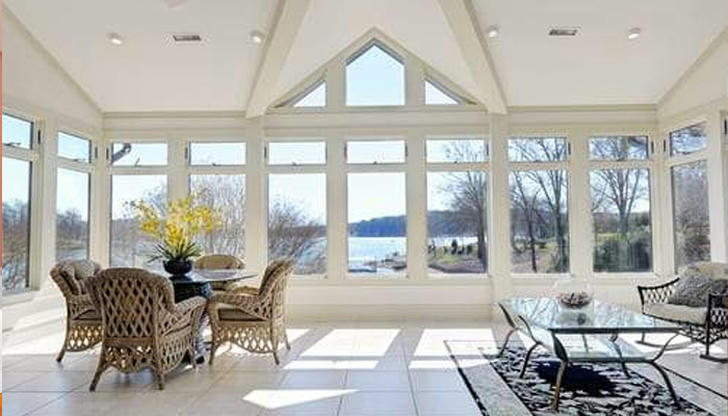
Color matters more than you think. In small cabins:
Use light, neutral colors on the walls to reflect light and open up the space.
Add warmth and contrast with texture: think raw wood beams, chunky textiles, or matte black hardware.
Limit the number of different materials---it keeps the eye from bouncing around too much.
Consistency calms the eye---and calm feels spacious.
8. Modular and Multi-Use Furniture = Small Space Superstars
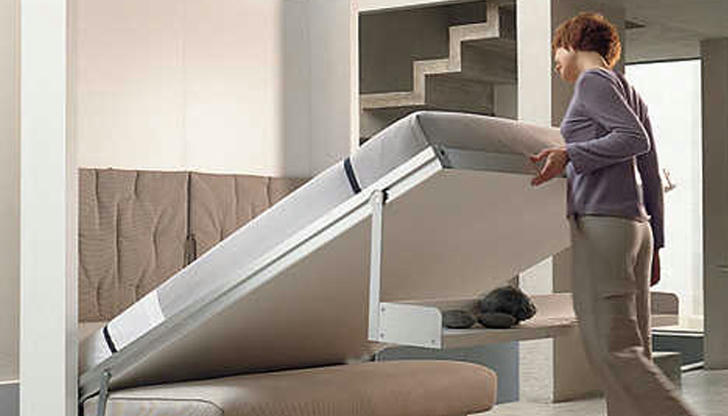
Buy smart. A couch that becomes a bed. A coffee table that lifts into a work desk. A stool that stores blankets.
Even better? Go custom.
A cube ottoman that stores firewood.
A ladder shelf that doubles as a towel rack and mirror.
A Murphy bed with built-in shelves.
Design with adaptability in mind---you'll thank yourself every time you move something.
9. Outdoor Space Counts Too (If You Design It Right)
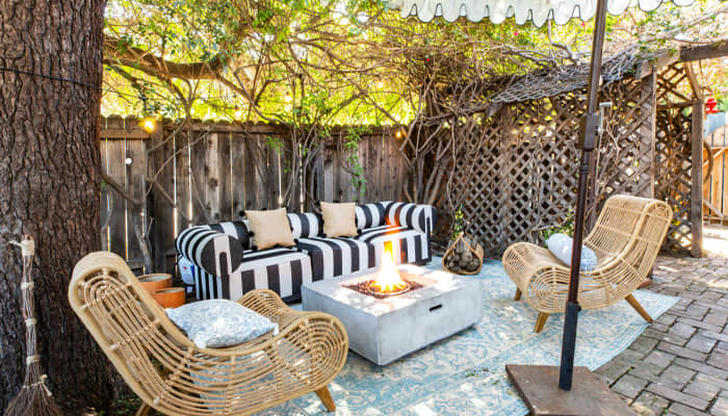
Your small cabin doesn't end at the front door. A well-zoned outdoor area can function like an entire bonus room.
Add a covered porch with seating.
Use gravel or decking to visually extend indoor flooring outside.
Hang string lights or lanterns to give it an inviting nighttime vibe.
Pro tip: glass doors or large windows facing the outdoor area blur the line between inside and out---instantly making your cabin feel larger.
Final Thought: It's Not About Size, It's About Strategy
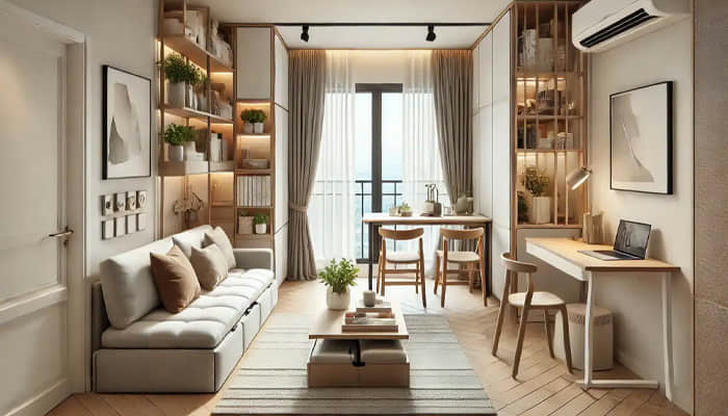
Living small doesn't mean sacrificing comfort, functionality, or beauty. With smart zoning, thoughtful furniture choices, and a few design tricks, your small cabin can live large---and still feel like the peaceful, cozy retreat it's meant to be.
So whether you're drawing up blueprints or trying to make your current cabin work harder, keep this in mind: your square footage doesn't define your experience---your design does.
